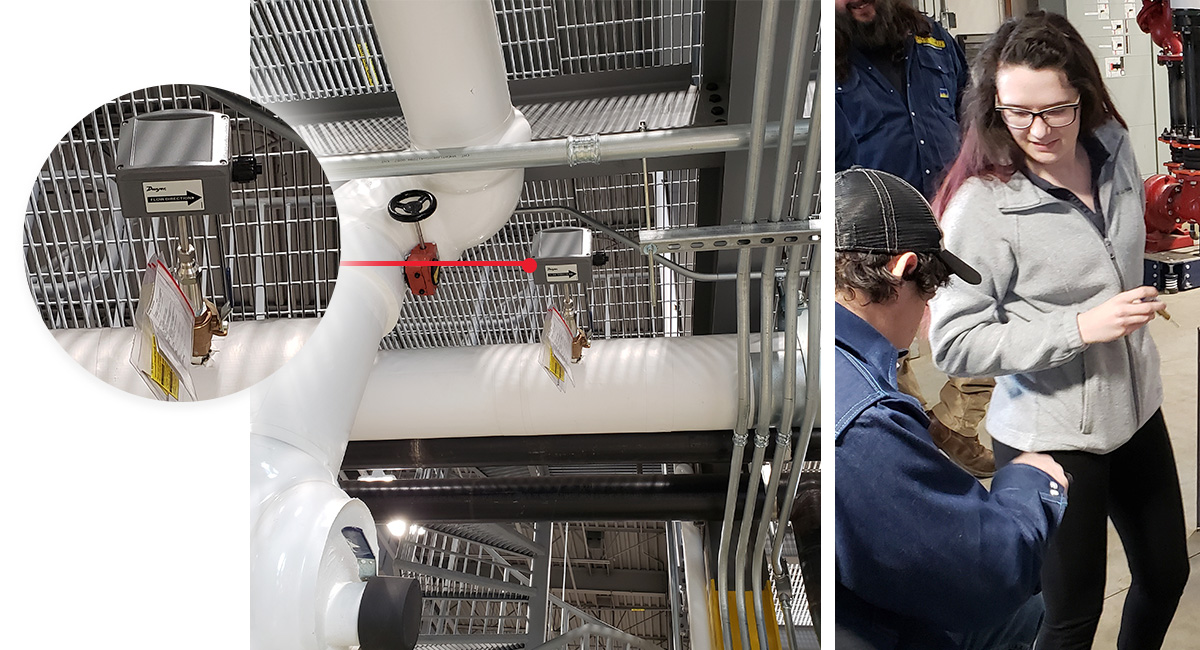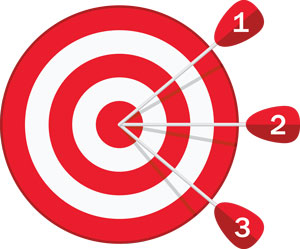 Stability is defined as a change (or lack of change) in accuracy over a period of time.
Stability is defined as a change (or lack of change) in accuracy over a period of time.
Drift is commonly used as a specification to illustrate the stability, or change in accuracy over a period of time, commonly shown as X%/year where X = a number; i.e. 0.25%/year. In this scenario, a device with a ±1% accuracy, would be expected to have an accuracy of ±1.25% (1%+0.25%) after a period of one year. Depending on the design, brand, and range of the sensing instrument, the stability can vary widely. Continue reading “What is Stability and Why is it Important?”

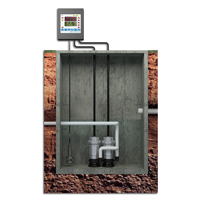
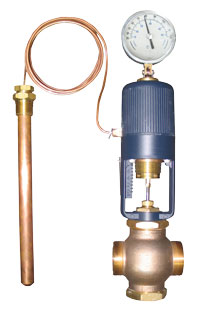
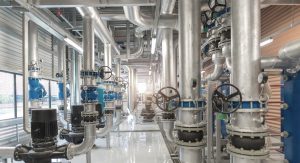 There are several reasons why a 38R is a great choice in your heating or cooling applications, with the most obvious being that there is no power required. The
There are several reasons why a 38R is a great choice in your heating or cooling applications, with the most obvious being that there is no power required. The 
